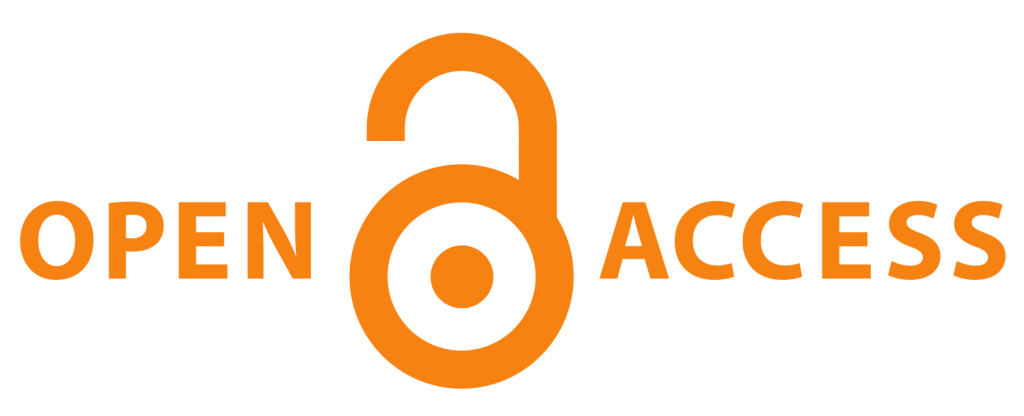An Assessment of the Trainers’ Competence in Implementing Online Teaching and Learning in TVET: A Case of Selected Institutions, in Nandi County
Abstract
Due to the ever-changing technological environment and digitization of education, Trainers need to use new technologies for content delivery to the trainees. The acceptance and willingness of trainers to use online learning is the key to success and is faced with various challenges. Trainers must use communication technology skills to fit successfully in a knowledge-based society. Moreover, regardless of the availability of technology, trainers need ICT skills for online teaching and learning. The study sought to assess the trainers’ competence in implementing e-Learning in technical institutions. A descriptive research design was used in the study; structured questionnaires, both open-ended and closed, were issued to a sample size of n=77 trainer participants in the six selected technical training institutes in Nandi County. The study revealed that 81.8 % (n=63) of the respondents received prior technical training in e-learning. Trainers also reported difficulty in using the e-Learning platform. Technological expertise is essential to ensure the success of e-learning. Inadequate computer literacy hindered many trainers from content delivery using e-Learning, especially during Covid-19 lockdown times. It was evident that most trainers struggled with the online platforms, accessibility of learning equipment such as whiteboards, projectors, low internet connectivity, and inadequate training skills attributed to slow implementation. The study revealed that trainers had difficulty using the e-Learning platform issued. This is due to the inadequate training that they had received and the complex system used. The study found that trainers preferred other platforms which were user-friendly for e-Learning. Additionally, the institutions’ LAN network is limited to the laboratories and institution library only; hence, some offices at a distance from the administration cannot access the LAN internet. Implementing online learning requires the stakeholders to come together to make online learning successful.
Article Views and Downloands Counter
References
Agufana, P. B. (2021). Instructional usefulness of ICT’s as perceived by lecturers in technical training institutions in Kenya. International Journal of Education and Research. 9, p 87-97.
Al-Adwan, A., Al-Adwan, A. & Smedley, J. (2013). Exploring students’ acceptance of e-learning using technology acceptance model in Jordanian universities, International Journal of Education and Development using Information and Communication Technology (IJEDICT), 9(2), 4-18.
Al-alak, B. A. & AlnawasI. (2011). Measuring the acceptance and adoption of e-learning by academic staff: Knowledge Management & E-Learning: An International Journal 17(1), 3–19.
Alharbi, S. & Drew, S. (2014). Using the technology acceptance model in understanding academics’ behavioural intention to use learning management systems, International Journal of Advanced Computer Science and Applications, 5(1), 1-13.
Al-Jaghoub, S., Al-Yaseen, H., Hourani, M., Al-Haddadeh, R. & Salim, M. (2009). E-learning adoption in higher education in Jordan: Vision, reality and change. European and Mediterranean Conference on Information Systems, 1-10.
Bagarukayo, E., & Kalema, B., (2015). Evaluation of e-learning usage in South African universities: A critical review. The International Journal of Education and Development using Information and Communication Technology, 11(2), 168-183.
Chokri, B. (2012). Factors Influencing The Adoption of the E-Learning Technology in Teaching and Learning by Students of a University Class, European Scientific Journal 8(28), 165-190.
Cresswell, J. W.& Clark, P. L. (2011), Designing and Conducting Mixed Methods Research. 2nd Edition, Sage Publications, Los Angeles. https://www.scirp.org/reference/References Papers? Reference ID=1596237
Davis, F. D. (1989). User acceptance of information technology: system characteristics, user perception and behavioral impacts. University of Michigan, Business School, 38, 475– 487.
Farahat, T. (2012). Applying the Technology Acceptance Model to Online Learning in the Egyptian Universities, 64, 95-104.
Houlden, S., & Veletsianos, G. (2020). Coronavirus pushes universities to switch to online classes - but are they ready? The Conversation. https://theconversation.com/coronaviruspushes-universities-to-switch-toonline-classes-but-are they- ready-132728 4.
Johnson, J. L., Adkins, D., & Chauvin, S. (2020). A review of the quality indicators of rigor in qualitative research. American Journal of Pharmaceutical Education, 84(1).
Kashorda, M., & Waema, T. (2014). E-Readiness survey of Kenyan Universities (2013) report. Nairobi: Kenya Education Network.
Copyright (c) 2024 Africa Journal of Technical and Vocational Education and Training

This work is licensed under a Creative Commons Attribution-NonCommercial-ShareAlike 4.0 International License.
Copyright Notice Copyright of published articles is held by AfriTVET. No limitation will be placed on the personal freedom of authors to copy or to use in subsequent work, material contained in their papers. Please contact the Publisher for clarification if you are unsure of the use of copyright material. Apart from fair dealing for the purposes of research and private study, or criticism and or review, this publication may only be reproduced, stored or transmitted, in any form or by any means, with the prior permission in writing of the Publishers.


